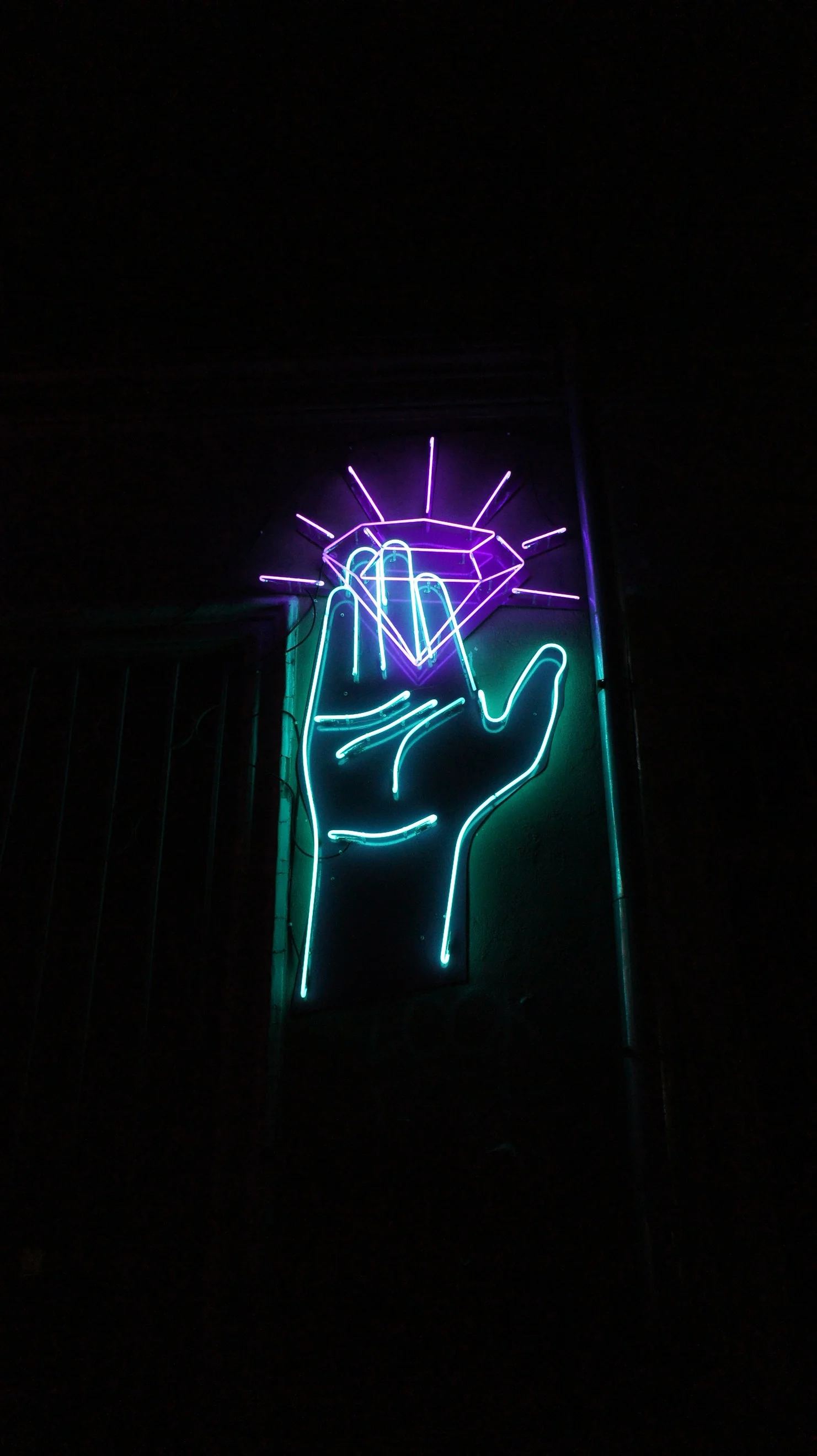If Anxiety Burned Calories, I'd be a Supermodel
/One time I was invited to a party on a Saturday night, and had the horrible debacle of having to choose an outfit for a roomful of strangers that I had to make my friends – or at least amicable acquaintances. Cue my heart racing, sweaty palms, a pile full of clothes that would not do, and me eating a tub of peanut butter instead of going out to socialize.
Although it doesn’t always feel like it, anxiety is a pretty ubiquitous human emotion. Beck (1976), the father of CBT, has even said it’s a mark of man’s humanness. On the upside, this would seem to suggest that we are not alone in having to kung-fu our away around managing anxiety.
Now, you might be thinking, “…but Kayla, I don’t care if everyone experiences it, anxiety is ruining my life – I feel anxious ALL the time – I can’t even make coffee anymore – this can’t possibly be helpful!”
I hear you, and just knowing the how and why of this turbulent emotion can be very useful in controlling unpleasant thoughts, behaviors, and physical symptoms associated with it – even appreciating it the next time it comes around.
Let’s say you were a hunter-gatherer, and saw a dangerous animal - the appearance of anxiety would indicate that this was a threat you would need to be able to handle to survive. Anxiety is typically associated with physical symptoms resulting from a cued release of adrenaline, resulting in increased breath and heart rate, and muscle tension – physically preparing your body to either RUN AWAY or FIGHT.
The problem is, the anxiety emotion and physical response is triggered by any future oriented danger – both physical (external) and physiological (internal), pretty much anything we find threatening. In other words, the threat of paying your taxes can cause the same full-blown anxiety response as a gun to your head.
Let’s sum this up in a fancy equation that I find very useful: anxiety looks like this (Padesky, 1995)
ANXIETY = PERCEIVED DANGER / PERCEIVED COPING SKILLS
This tells us that we can attack anxieties from two angles:
1) Perceived dangers (threats)
2) Perceived ability to handle dangers (coping)
The most important part of this equation is PERCEPTION, how we interpret and attach meaning to our encounters (Beck, 1976).
The good news is, if we change the way we perceive our interactions, we can reduce our anxiety and improve our quality of life (Padesky, 1995).
The question then becomes, are your perceived dangers being evaluated realistically or are they being distorted? Is your public speech going to cause sudden death or will you just sweat a lot in front of your colleagues?
Pay attention to your triggers. When anxiety comes to town, can you identify when it specifically started? What were you thinking right before it slapped you across the face?
Becoming aware of our thoughts and triggers related to anxiety can help us to prepare for it, manage it, and even decrease it.
Now you say to me, “But Kayla, I CAN’T handle _____, it’s too stressful, I know what’s triggering me but that doesn’t mean I can COPE with it!”
Now, listen to me - you’re alive, breathing, and despite anxiety annoying you to no end you are managing to get through this blog. That is some tangible evidence that you already have some skills that are helping you cope and are making you strong.
We all like to undermine how resilient we are. If you’d like to uncover some more of your strengths, these questions are a good place to start (Warner, 2013):
- Can you think of a time when you might have handled _____ in the past?
- What did you do to get through that ___?
- What advice would you give to a friend who was faced with ____?
- Can you rate yourself in your ability to have coped with ____, where 1 means you couldn’t handle it at all, and 10 means you were a superstar?
- What prevented you from being one rating lower than you just noted? (If I had said 5, what prevented you from being a 4? What strategies did you use?)
- What would help you gain just half a point up on that scale, to cope just a little bit better with ___?
Your primal instincts of anxiety, though sometimes helpful, can sometimes feel like a ten-day marathon you didn’t sign up for. Let’s nudge – or kick – it into a more comfortable gear so you can take better care of YOU.
Blog by Kayla Noodelman: anxiety warrior princess, recovering ruminator, full-time therapist.
Beck, A.T. (1976). Cognitive therapy and the emotional disorders. New York: International Universities Press.
Padesky, C. A., & Greenberger, D. (1995). Clinician’s guide to Mind over Mood. New York: Guilford Press.
Warner, R. E. (2013). Solution-focused interviewing: applying positive psychology: a manual for practitioners. Toronto: University of Toronto Press.












